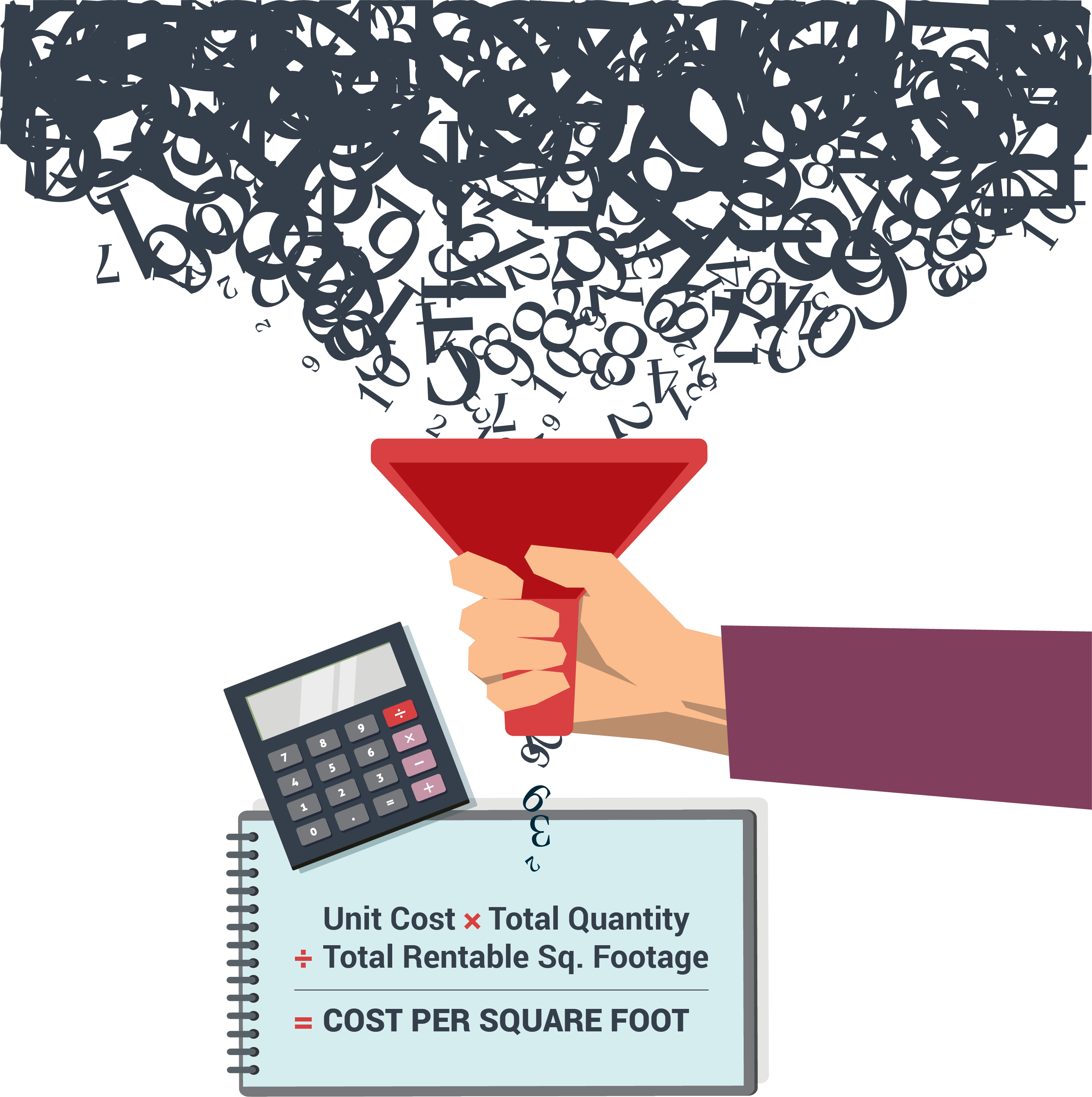
Our society has shifted, in many ways, to a rental economy. From our personal lives—think Zipcar and Rent the Runway—to our professional lives, such as WeWork, we pay for services on a subscription basis now more than ever. So it shouldn’t come as a surprise that furniture is following suit.
In 2017, a furniture rental company started from a simple premise—give consumers the ability to furnish a stylish home that fits their lifestyle. Cofounder and CEO Michael Barlow explains the company’s impetus best: “When I graduated from college, I moved around a lot and I always had a personal style bar of what my home should look like. Yet because of these frequent moves, I wasn’t ready to commit to large furniture buys for a multitude of reasons: income uncertainties, roommate changes, frequent relocations. It became clear to me that this mobility and hesitation of ownership was a defining characteristic of many young professionals and one to which the furniture industry had yet to properly cater. Thus the creation of Fernish.”
Today, Fernish exists to offer furniture as a service. The company operates with an intuitive, self-service, e-commerce platform that offers curated rooms alongside the ability to select individual pieces. And the company has garnered the attention of some major brands to bolster its portfolio, including Crate & Barrel, with whom it has established a partnership, as well as nine other leading manufacturers and wholesalers. What’s more, the company also partnered with a host of coworking spaces and apartment complexes throughout California to allow local residents the opportunity to select pieces in person.
As we look at the model of this residential furniture rental company, it becomes clear that many of its founding principles mirror the core recommendations presented by the Furniture Forum, designed to improve the furniture-buying process for the contract interiors industry. Let’s take a look at some of the parallels, as well as some other enlightening considerations:
Recognize the need for improved pricing models
Barlow explains that one of the core benefits to Fernish’s model is that its pricing structure aligns with the current needs, or perhaps wants, of millennials. “Millennials are used to the subscription model of paying for the things they need,” says Barlow. “From their cell phone plans to their leased cars and even their television subscriptions, today’s younger generation pays for nearly everything monthly. We’ve found that this payment model speaks to what they value most—their need for simplicity.”
Barlow goes on to explain that the subscription models are flexible based on the needs of the client. “Each client pays monthly, and their payment is tied to the duration of the item. We offer 2- to 12-month payment plans with varying price points. At the end of the subscription, clients have the option to buy the product at zero percent financing, swap it out for another product, or cancel their subscription.”
Change will come in the form of process innovation affecting the client experience
Fernish has mastered the art of offering a process that caters to the needs of its users. Recognizing an unmet need within a specific niche market (and a rather large market at that, with current estimates suggesting that millennials’ collective buying power has capped $600 billion), Fernish revolutionized the process of furnishing a home for this millennial-driven need.
Barlow adds, “We see a lot of young professionals relocating—they’ve taken the stigma out of moving frequently and changing jobs frequently. Yet they still want their homes set up quickly, and they don’t have to worry about putting their things together. Fernish is a great service for them to go online, see a room, get it assembled, etc., and to do so within their price range.”
Acknowledging buyer values
Barlow also shares that Fernish operates as a mission-driven organization and strives to align itself with the environmentally conscious mind-set of its clientele. “Our model is designed to make furniture function ‘like new’ for multiple life cycles. We have a very high standard of quality and therefore select pieces that are quality, durable, and modular. We don’t want low-quality ‘fast furniture’ getting into our circulation and adding to the already 10 million tons of furniture that ends in landfills each year—specifically before the end of its useful life. After our products have been through multiple leases and we find it no longer meets our standard of excellence, we donate it. And we’ve found that our clients align well with this environmentally conscious approach.”
Playing to the emotional connection
At the end of the day, Barlow explains, Fernish’s success rests on its ability to make its clients feel comfortable in their residence. He shares that their research has found that many millennials don’t feel at home due to their frequent relocations or the fact that they are delaying first-time home purchases and opting for longer rentals. According to Barlow, this is where Fernish shines. “Everyone deserves to be at home. Fernish helps people feel at home in a way that is personal to them and speaks to the next generation of living.”
Barlow leaves us with this: “As we looked at the next generation of living, we realized that more and more consumers want a home that mirrors what they value. But with Fernish, we aren’t just providing them with a home filled with items that reflect their personal style and values. We’re pairing that physical experience with a process that aligns with their current way of living. And that’s what resonates.”
Featured Image: Fernish rental furniture is designed to meet any style.
Amanda Schneider is President of ThinkLab, the research division of Interior Design magazine. At ThinkLab, we combine Interior Design magazine’s incredible reach within the architecture and design community with proven market research techniques to uncover relevant trends and opportunities that connect back to brand and business goals in a thought-provoking, creative, and actionable way. Join in to know what’s next at thinklab.design/join-in.
